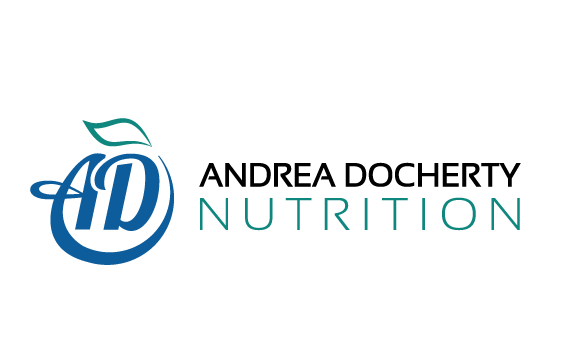A few questions I commonly get from clients in my practice are:
What is the difference between blending and juicing?
Is juice a healthy way to get more fruits and vegetables?
What should I put in my smoothies?
Many of us need to have more fruits and vegetables but should that come from juice or smoothies? Find out!
First, lets look at the difference between the two.
Juicing
Juicing involves extracting the liquid from fruit and vegetables. This can be done at home with a juicer, but there is not shortage of fresh or cold-press juices in grocery stores, restaurants and cafés these days. These juices contain a high concentration of nutrients because it takes a lot of fruits and vegetables to make up a small amount of juice. These nutrients include vitamins, minerals, antioxidants and other phytonutrients but a key component is missing – the fibre! All of the pulp leftover in the juicer contains the fibre. What are the benefits of fibre? It can:
- Aid in weight management – it keeps you feeling full and satisfied because it takes longer to digest
- Keeps blood sugar levels more stable, helping to keep energy and hunger levels in check
- Aid in digestion – keeps us regular!
- Prevent of some cancers
- Lowers blood cholesterol
- Contribute to gut health. A group of fibre called “prebiotics” help to increase the number of good bacteria or probiotics in our gut.
Many people do not meet their fibre needs, in part due to a low consumption of fruits and vegetables. While juicing may seem like a great way to get your vitamins and minerals, there are some downfalls: The sugar content is high for a small volume of juice, juice doesn’t fill you up, and they can be quite expensive. That is not to say there may not be a time and place for juice, however, if this is used as a way to increase your fruit and vegetable intake, it is not the best strategy!
If you do want to try juicing though – try some of these tips to cut back on the amount of sugar:
- Make juices with mostly vegetables like kale, spinach, and parsley can help cut down on the sugar content.
- Use vegetables with a high water content can help to make the volume greater.
Blending
Blending in a blender or food processor to make a smoothie essentially just grinds up all of the ingredients. When you blend a fruit or vegetable, all of the componments remain in the smoothie, including the fibre. Another benefit to smoothies is that you can add many other ingredients in order to make it more of a complete meal or recovery shake. The volume will be greater than a juice and it will help to keep you more satisfied. It’s still easy to make smoothies high in sugar if you use a lot of fruit or are adding sweeteners such as honey or syrup, so you want to be aware of the other things that you add in (or what is used in smoothies you purchase at the store or a restaurant).
Often times, smoothies are a popular breakfast choice for my clients who need something quick in the morning. When compared to juice, I would recommend that they have a smoothie – as long as it has the right ingredients and portions. While it is a way to consume fruit and vegetables that keeps the fibre, it should not be the only way. I still emphasize finding ways to make vegetables the star of your meals and at least some snacks.
So what can you put in your smoothie? To make a “complete meal” smoothie as I call it, include at least one option from each category below, Extra nutrition boosters are optional. Portion sizes will depend on your individual needs as well as the consistency that you prefer!
Liquid
Milk
Kefir (Fermented milk – very rich in probiotics!)
Non-dairy Milk (Almond milk, Cashew Milk, etc)
Coconut water (unsweetened)
Limit the use of juices
Fruit
Frozen fruit makes a thicker consistency
Berries, mangoes, banana – the possibilities are endless. Keep portion size to about 1 cup.
Vegetables
A few examples include:
Kale
Spinach
Broccoli Slaw
Carrots
Beets
Protein
Greek yogurt
Cottage cheese
Hemp hearts
Raw, unsalted Nuts & Seeds
Nut butter
Protein powder
Extra nutrition boosters
Chia or flax seeds – contain Omega 3s and fibre
Spices – turmeric and ginger (contain anti-inflammatory properties)
Rolled Oats – Allow you to add additional carbohydrates and fibre to your smoothie and make it more of a complete meal
Avocado – Rich in fibre and healthy unsaturated fats
Cocoa powder
Cinnamon
Smoothies and juices may be a way for you to get more fruits and vegetables, but in most cases nothing beats eating them whole.
Written by: Andrea Docherty, RD
Registered Dietitian and Sports Nutritionist
Windsor, Ontario

